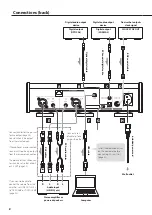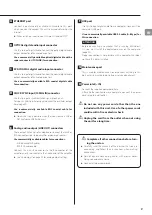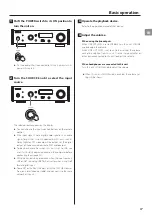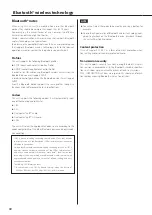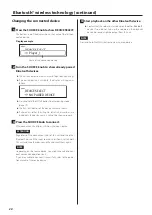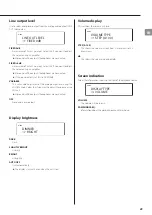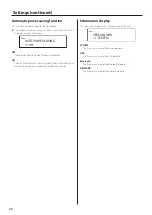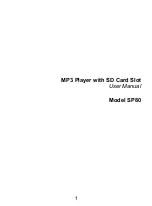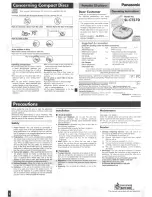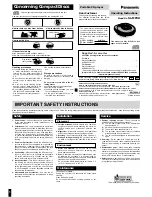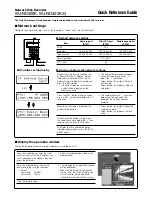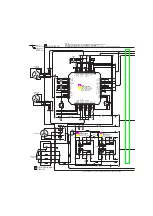
EN
9
A
ETHERNET port
Connect a commercially-available LAN cable to this port
when you want to connect this unit to a wired network or the
Internet.
o
When switching input sources, this port is labeled “NET”.
B
OPTICAL digital audio input connector
Use this to input digital audio. Connect the optical digital audio
output connector of an audio device to it.
Use a commercially-available optical digital cable with a
square connector (TOSLINK) for connection.
C
RCA COAXIAL digital audio input connector
Use this to input digital audio. Connect the coaxial digital audio
output connector of an audio device to it.
Use a commercially-available RCA coaxial digital cable
for connection.
D
CLOCK SYNC input (10MHz IN) connector
Use this to input a synchronization signal (clock sync).
To input a 10MHz oscillator signal, connect the oscillator output
here (page 29).
Use a commercially available BNC coaxial cable for
connection.
o
Clock sync is only possible when the input source is USB or
NET (including USB flash drives).
E
Analog audio output (LINE OUT) connectors
These output 2 channels of analog audio. Connect these XLR or
RCA connectors to a stereo amplifier or powered speakers.
Use commercially available cables for connections.
XLR: balanced XLR cables
RCA: RCA audio cables
Connect this unit’s R connector to the R connector of the
amplifier and its L connector to the L connector of the amplifier.
o
See “Line output” on page 22 for analog output settings.
F
USB port
Use this to input digital audio from a computer. Connect it to a
computer’s USB port.
Use a commercially-available USB2.0 cable (A-B type) for
this connection.
ATTENTION
Before connecting a computer that is running a Windows
OS, you must install the dedicated driver on the computer
(page 25).
Proper connection is not possible with a computer that does
not have this driver installed.
G
Maintenance port
This is used for maintenance. Do not connect anything to this
port unless instructed to do so by our service department.
H
Power inlet (~IN)
Connect the supplied power cord here.
After all other connections are complete, connect the power
cord’s plug to a wall outlet.
V
Do not use any power cord other than the one
included with this unit. Use of other power cords
could result in fire or electric shock.
V
Unplug the cord from the outlet when not using
the unit for a long time.
V
Complete all other connections before turn-
ing the unit on.
o
Carefully read the manuals of the devices that you are
connecting and follow their instructions when making
connections.
o
Do not bundle connecting cables with power cords.
Doing so could cause noise.
o
Connect all plugs completely.








